-
抗体試薬
- フローサイトメトリー用試薬
-
ウェスタンブロッティング抗体試薬
- イムノアッセイ試薬
-
シングルセル試薬
- BD® AbSeq Assay
- BD Rhapsody™ Accessory Kits
- BD® OMICS-One Immune Profiler Protein Panel
- BD® Single-Cell Multiplexing Kit
- BD Rhapsody™ TCR/BCR Next Multiomic Assays
- BD Rhapsody™ Targeted mRNA Kits
- BD Rhapsody™ Whole Transcriptome Analysis (WTA) Amplification Kit
- BD® OMICS-Guard Sample Preservation Buffer
- BD Rhapsody™ ATAC-Seq Assays
- BD® OMICS-One Protein Panels
-
細胞機能評価のための試薬
-
顕微鏡・イメージング用試薬
-
細胞調製・分離試薬
-
- BD® AbSeq Assay
- BD Rhapsody™ Accessory Kits
- BD® OMICS-One Immune Profiler Protein Panel
- BD® Single-Cell Multiplexing Kit
- BD Rhapsody™ TCR/BCR Next Multiomic Assays
- BD Rhapsody™ Targeted mRNA Kits
- BD Rhapsody™ Whole Transcriptome Analysis (WTA) Amplification Kit
- BD® OMICS-Guard Sample Preservation Buffer
- BD Rhapsody™ ATAC-Seq Assays
- BD® OMICS-One Protein Panels
- Japan (Japanese)
-
Change country/language
Old Browser
Looks like you're visiting us from United States.
Would you like to stay on the current country site or be switched to your country?
BD Pharmingen™ PE Mouse Anti-Human PSMA
クローン 107-1A4 (RUO)
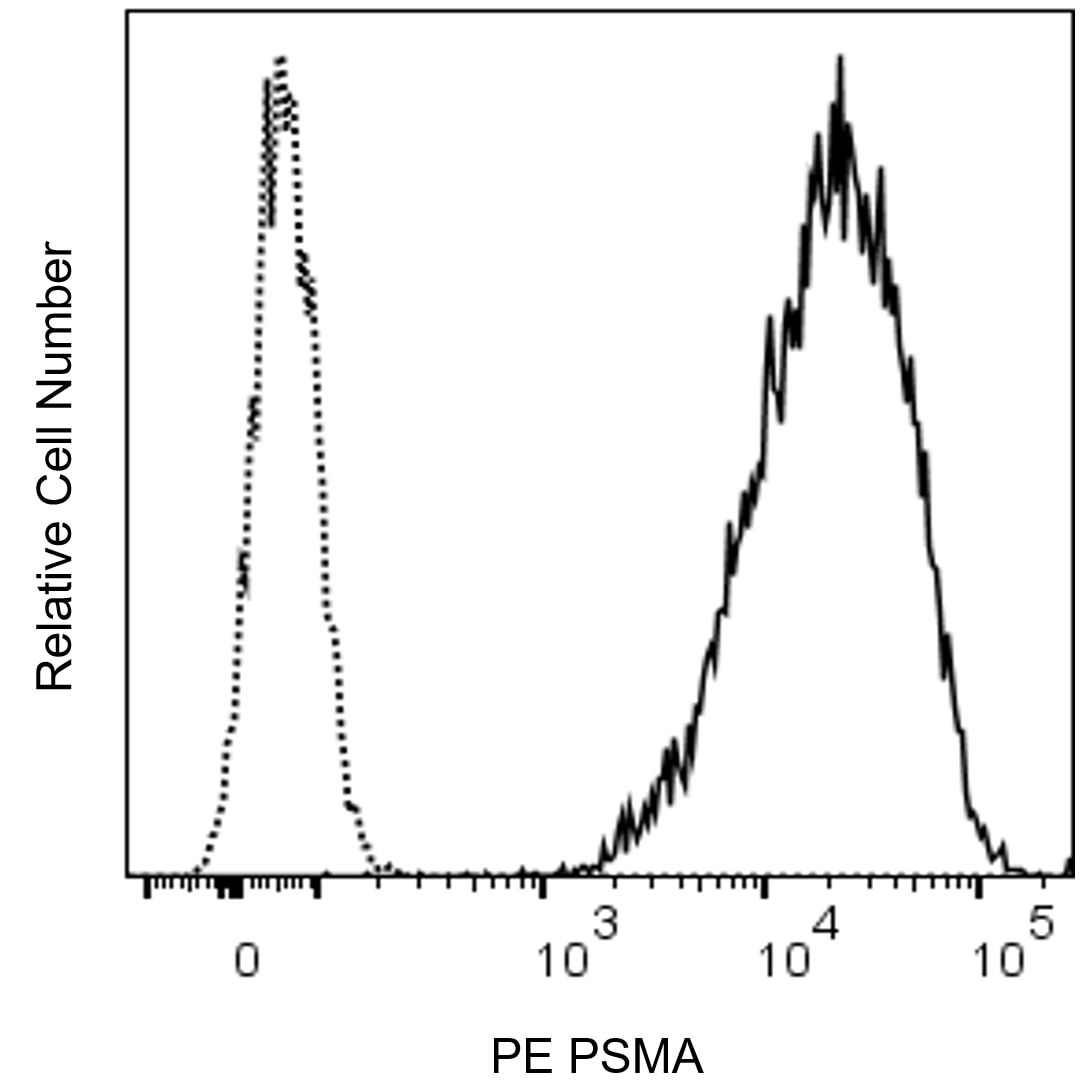
Flow cytometric analysis of PSMA expression on Human LNCaP cells. Cells from the Human LNCaP (Prostate Carcinoma, ATCC CRL-1740™) cell line were preincubated with Human BD Fc Block™ (Cat. No. 564219/564220) and stained with either PE Mouse IgG1, κ Isotype Control (Cat. No. 554680; dashed line histogram) or PE Mouse Anti-Human PSMA antibody (Cat. No. 569996/569997; solid line histogram) at 0.5 µg/test. DAPI (4',6-Diamidino-2-Phenylindole, Dihydrochloride) Solution (Cat. No. 564907) was added to cells right before analysis. The fluorescence histograms showing PSMA expression (or Ig Isotype control staining) were derived from gated events with the forward and side light-scatter characteristics of viable (DAPI-negative) LNCaP cells. Flow cytometry and data analysis were performed using a BD LSRFortessa™ X-20 Cell Analyzer System and FlowJo™ software. Data shown on this Technical Data Sheet are not lot specific.

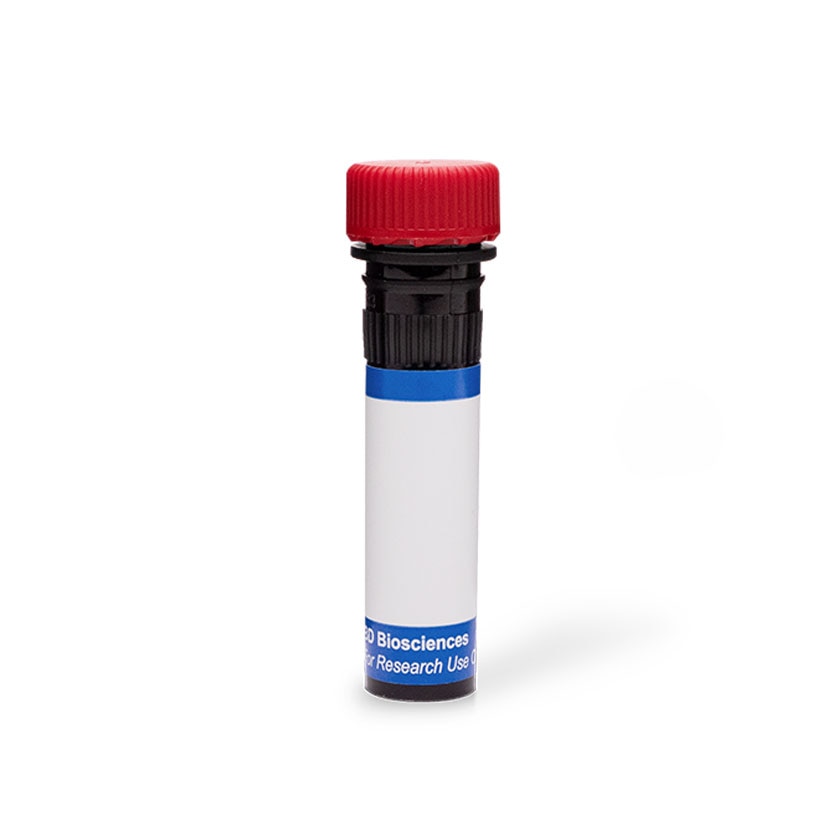
Flow cytometric analysis of PSMA expression on Human LNCaP cells. Cells from the Human LNCaP (Prostate Carcinoma, ATCC CRL-1740™) cell line were preincubated with Human BD Fc Block™ (Cat. No. 564219/564220) and stained with either PE Mouse IgG1, κ Isotype Control (Cat. No. 554680; dashed line histogram) or PE Mouse Anti-Human PSMA antibody (Cat. No. 569996/569997; solid line histogram) at 0.5 µg/test. DAPI (4',6-Diamidino-2-Phenylindole, Dihydrochloride) Solution (Cat. No. 564907) was added to cells right before analysis. The fluorescence histograms showing PSMA expression (or Ig Isotype control staining) were derived from gated events with the forward and side light-scatter characteristics of viable (DAPI-negative) LNCaP cells. Flow cytometry and data analysis were performed using a BD LSRFortessa™ X-20 Cell Analyzer System and FlowJo™ software. Data shown on this Technical Data Sheet are not lot specific.

Flow cytometric analysis of PSMA expression on Human LNCaP cells. Cells from the Human LNCaP (Prostate Carcinoma, ATCC CRL-1740™) cell line were preincubated with Human BD Fc Block™ (Cat. No. 564219/564220) and stained with either PE Mouse IgG1, κ Isotype Control (Cat. No. 554680; dashed line histogram) or PE Mouse Anti-Human PSMA antibody (Cat. No. 569996/569997; solid line histogram) at 0.5 µg/test. DAPI (4',6-Diamidino-2-Phenylindole, Dihydrochloride) Solution (Cat. No. 564907) was added to cells right before analysis. The fluorescence histograms showing PSMA expression (or Ig Isotype control staining) were derived from gated events with the forward and side light-scatter characteristics of viable (DAPI-negative) LNCaP cells. Flow cytometry and data analysis were performed using a BD LSRFortessa™ X-20 Cell Analyzer System and FlowJo™ software. Data shown on this Technical Data Sheet are not lot specific.


BD Pharmingen™ PE Mouse Anti-Human PSMA

Regulatory Statusの凡例
Any use of products other than the permitted use without the express written authorization of Becton, Dickinson and Company is strictly prohibited.
Preparation and Storage
推奨アッセイ手順
BD® CompBeads can be used as surrogates to assess fluorescence spillover (compensation). When fluorochrome conjugated antibodies are bound to BD® CompBeads, they have spectral properties very similar to cells. However, for some fluorochromes there can be small differences in spectral emissions compared to cells, resulting in spillover values that differ when compared to biological controls. It is strongly recommended that when using a reagent for the first time, users compare the spillover on cell and BD® CompBeads to ensure that BD® CompBeads are appropriate for your specific cellular application.
Product Notices
- Please refer to www.bdbiosciences.com/us/s/resources for technical protocols.
- Caution: Sodium azide yields highly toxic hydrazoic acid under acidic conditions. Dilute azide compounds in running water before discarding to avoid accumulation of potentially explosive deposits in plumbing.
- Since applications vary, each investigator should titrate the reagent to obtain optimal results.
- For fluorochrome spectra and suitable instrument settings, please refer to our Multicolor Flow Cytometry web page at www.bdbiosciences.com/colors.
- An isotype control should be used at the same concentration as the antibody of interest.
- Please refer to http://regdocs.bd.com to access safety data sheets (SDS).
- For U.S. patents that may apply, see bd.com/patents.
関連製品
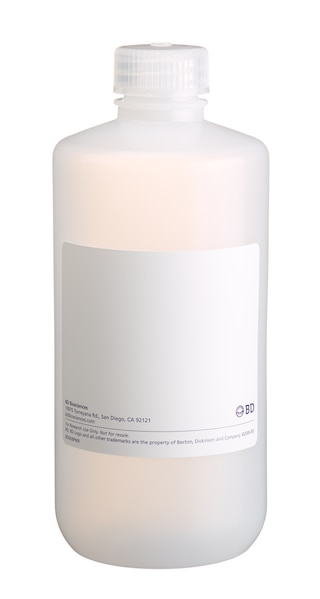
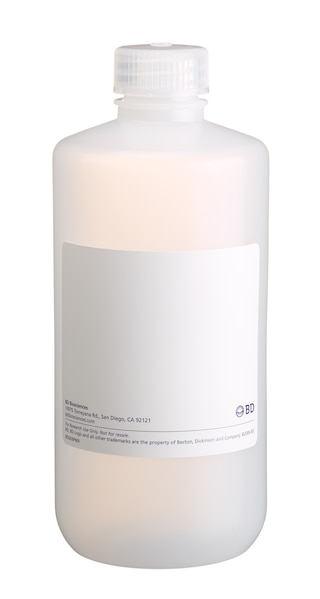
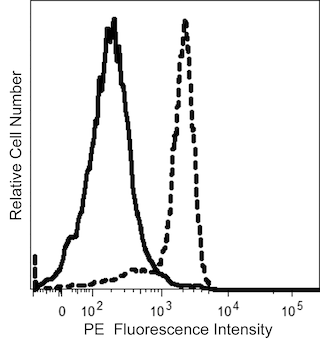
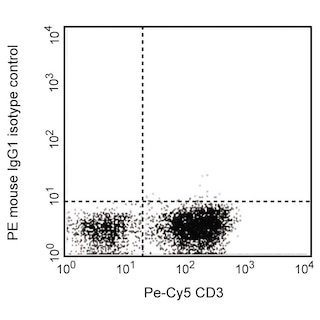

The 107-1A4 monoclonal antibody specifically recognizes human Prostate-Specific Membrane Antigen (PSMA) which is also known as Glutamate carboxypeptidase II (GCPII), and N-acetyl-L-aspartyl-L-glutamate peptidase I (NAALADase I). PSMA is an ~100 kDa type II transmembrane glycoprotein. It is comprised of a large extracellular region with protease, apical and C-terminal domains that function in substrate binding and enzymatic activity, a transmembrane region, and a short intracellular N-terminal domain. PSMA is encoded by FOLH1 (Folate hydrolase 1) which belongs to the M28 peptidase family. PSMA is expressed in the brain and by cells in various tissues including the prostate, intestines, testis, bladder, liver, kidney, breast, and ovary. In the intestines, this enzyme functions as a folate hydrolase that cleaves glutamate from dietary folates to facilitate the cellular uptake of folic acid. Through its NAALADase activity, this enzyme also acts in the nervous system to hydrolyze the N-aceylaspartylglutamate (NAAG) neuropeptide into NAA and glutamate. This enzyme can thereby modulate excitatory neurotransmission with the release of glutamate which serves as an excitatory neurotransmitter. Overexpression of PSMA by cancer cells, such as prostate cancer cells, may allow for the increased uptake of folates required for rapid cellular division leading to tumor progression. PSMA expression has also been found by some urothelial adenocarcinoma cells and associated with the tumor neovasculature of some tumors as well. The 107-1A4 antibody reportedly recognizes a distinct conformational epitope in the PSMA extracellular domain.

Development References (5)
-
Brown LG, Wegner SK, Wang H, et al. A novel monoclonal antibody 107-1A4 with high prostate specificity: generation, characterization of antigen expression, and targeting of human prostate cancer xenografts.. Prostate Cancer Prostatic Dis. 1998; 1(4):208-215. (Immunogen: ELISA, Immunofluorescence, Immunoprecipitation). View Reference
-
Chauchereau A, Al Nakouzi N, Gaudin C, et al. Stemness markers characterize IGR-CaP1, a new cell line derived from primary epithelial prostate cancer.. Exp Cell Res. 2011; 317(3):262-75. (Clone-specific: Flow cytometry). View Reference
-
Mhawech-Fauceglia P, Zhang S, Terracciano L, et al. Prostate-specific membrane antigen (PSMA) protein expression in normal and neoplastic tissues and its sensitivity and specificity in prostate adenocarcinoma: an immunohistochemical study using mutiple tumour tissue microarray technique.. Histopathology. 2007; 50(4):472-83. (Biology: Immunohistochemistry). View Reference
-
Tykvart J, Navrátil V, Sedlák F, et al. Comparative analysis of monoclonal antibodies against prostate-specific membrane antigen (PSMA).. Prostate. 2014; 74(16):1674-90. (Clone-specific: Flow cytometry, Immunohistochemistry). View Reference
-
Wang S, Diamond DL, Hass GM, Sokoloff R, Vessella RL. Identification of prostate specific membrane antigen (PSMA) as the target of monoclonal antibody 107-1A4 by proteinchip; array, surface-enhanced laser desorption/ionization (SELDI) technology.. Int J Cancer. 2001; 92(6):871-6. (Clone-specific: Array). View Reference
Please refer to Support Documents for Quality Certificates
Global - Refer to manufacturer's instructions for use and related User Manuals and Technical data sheets before using this products as described
Comparisons, where applicable, are made against older BD Technology, manual methods or are general performance claims. Comparisons are not made against non-BD technologies, unless otherwise noted.
For Research Use Only. Not for use in diagnostic or therapeutic procedures.